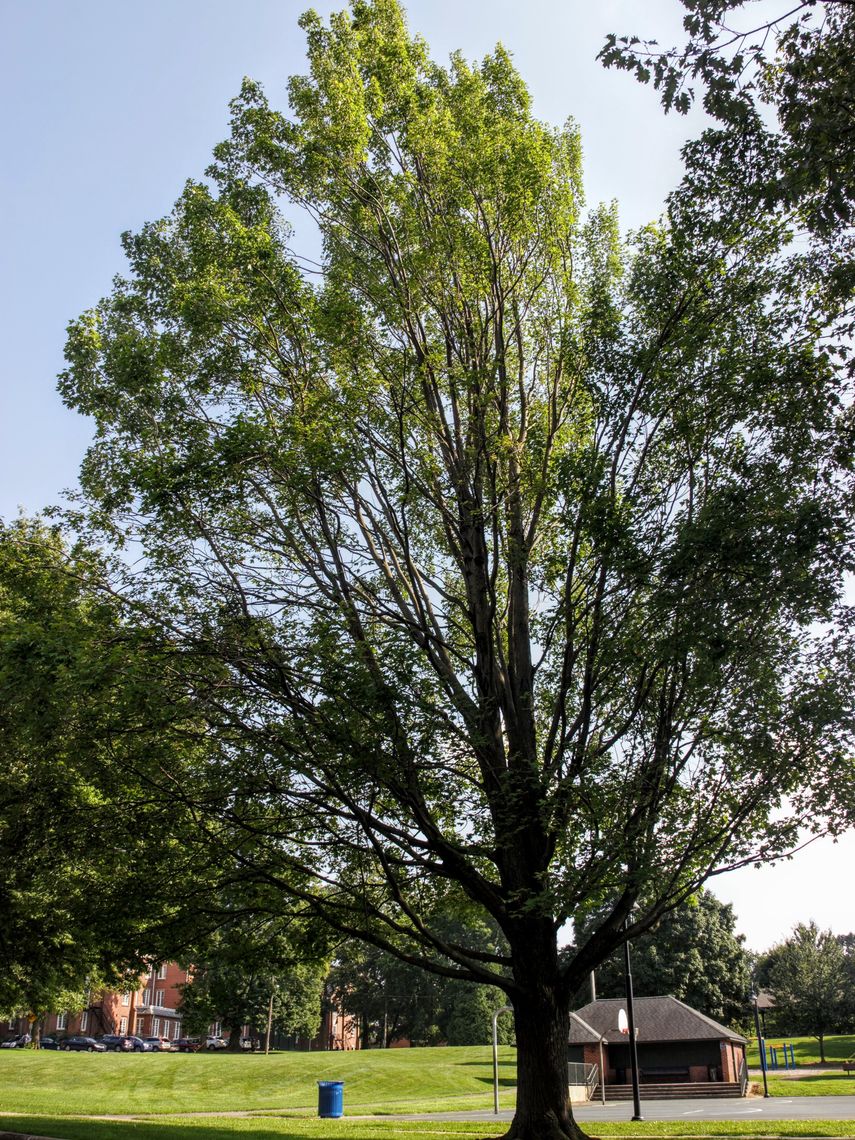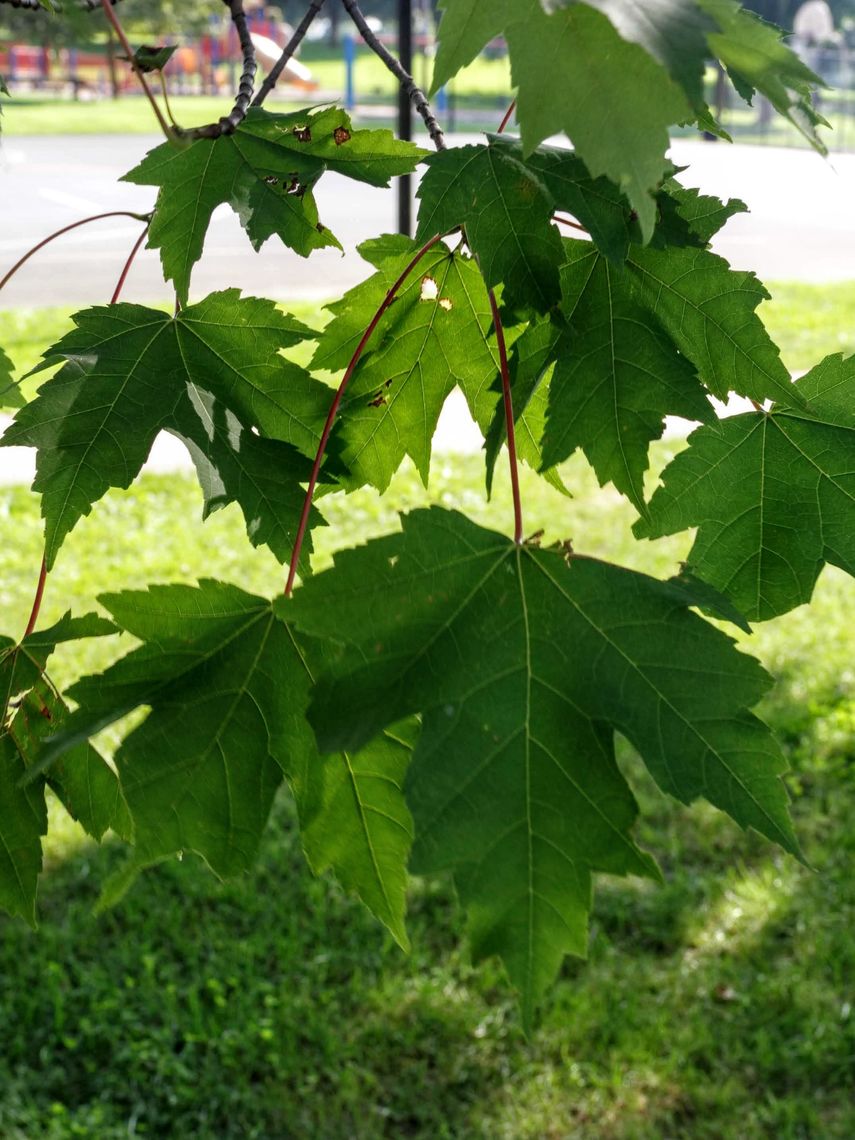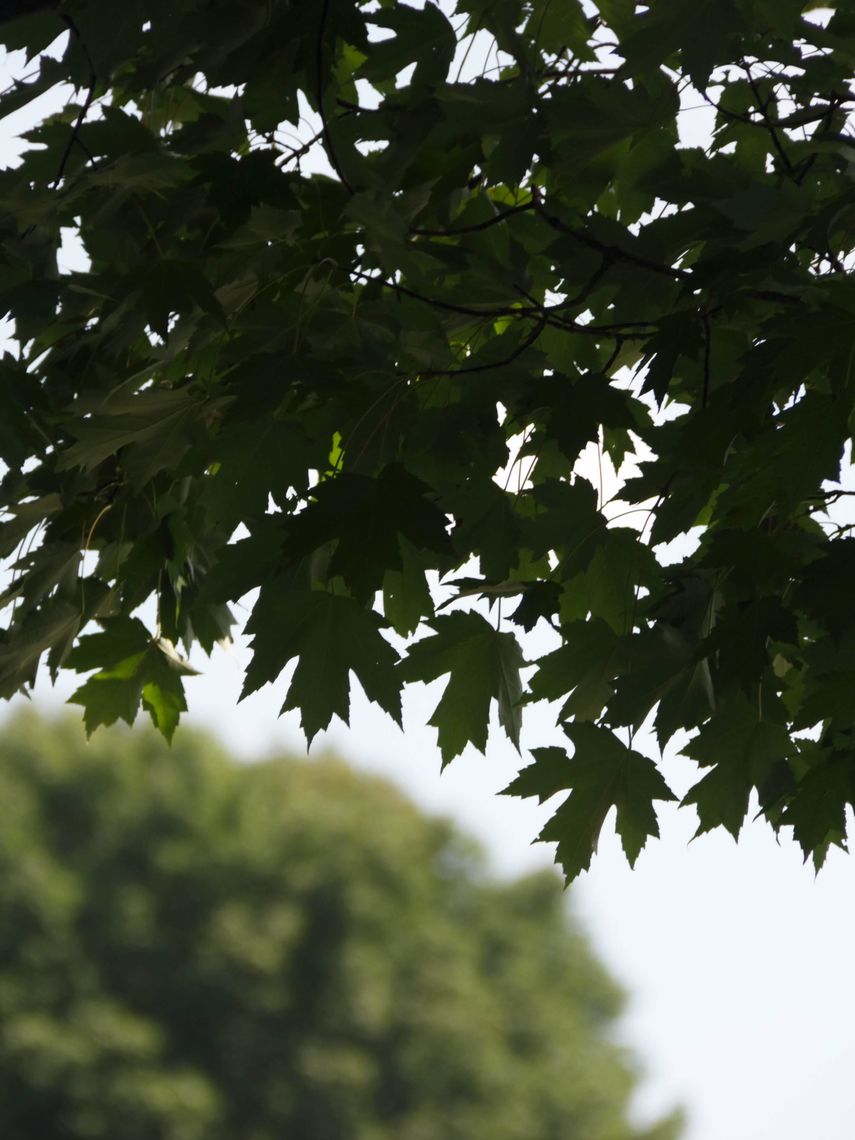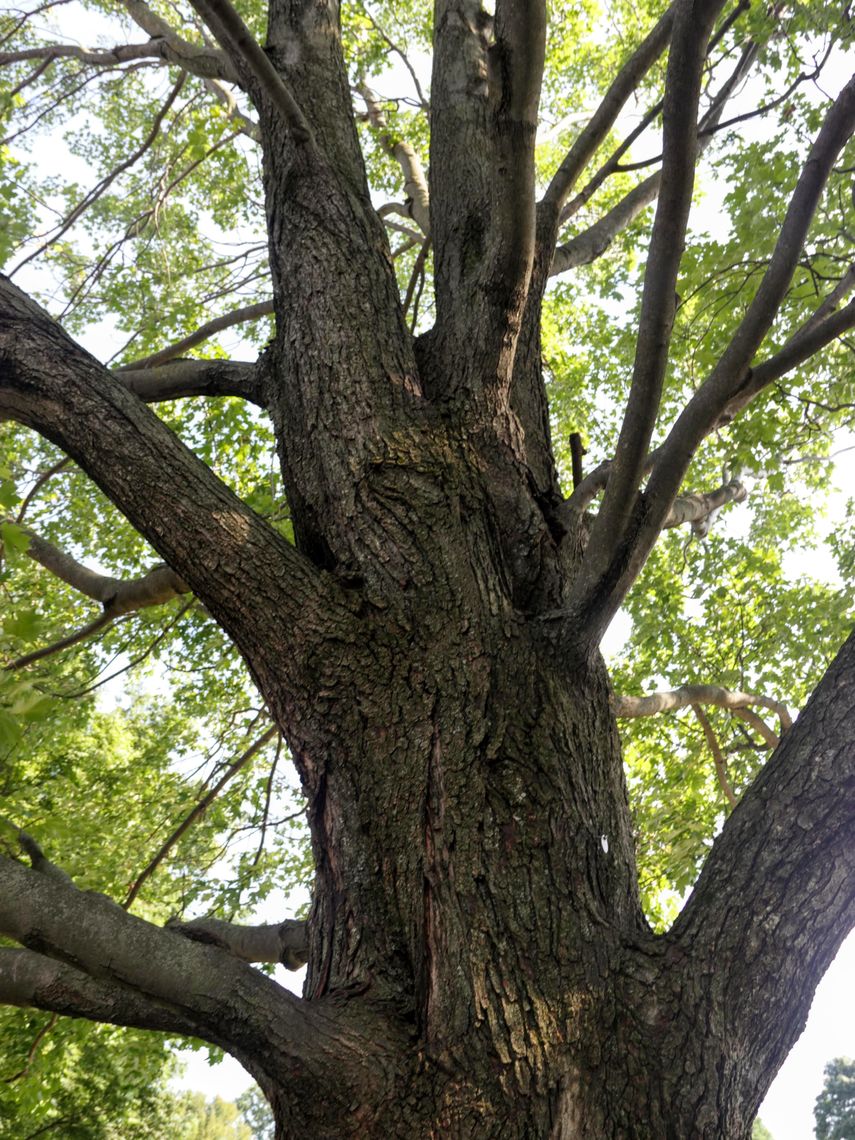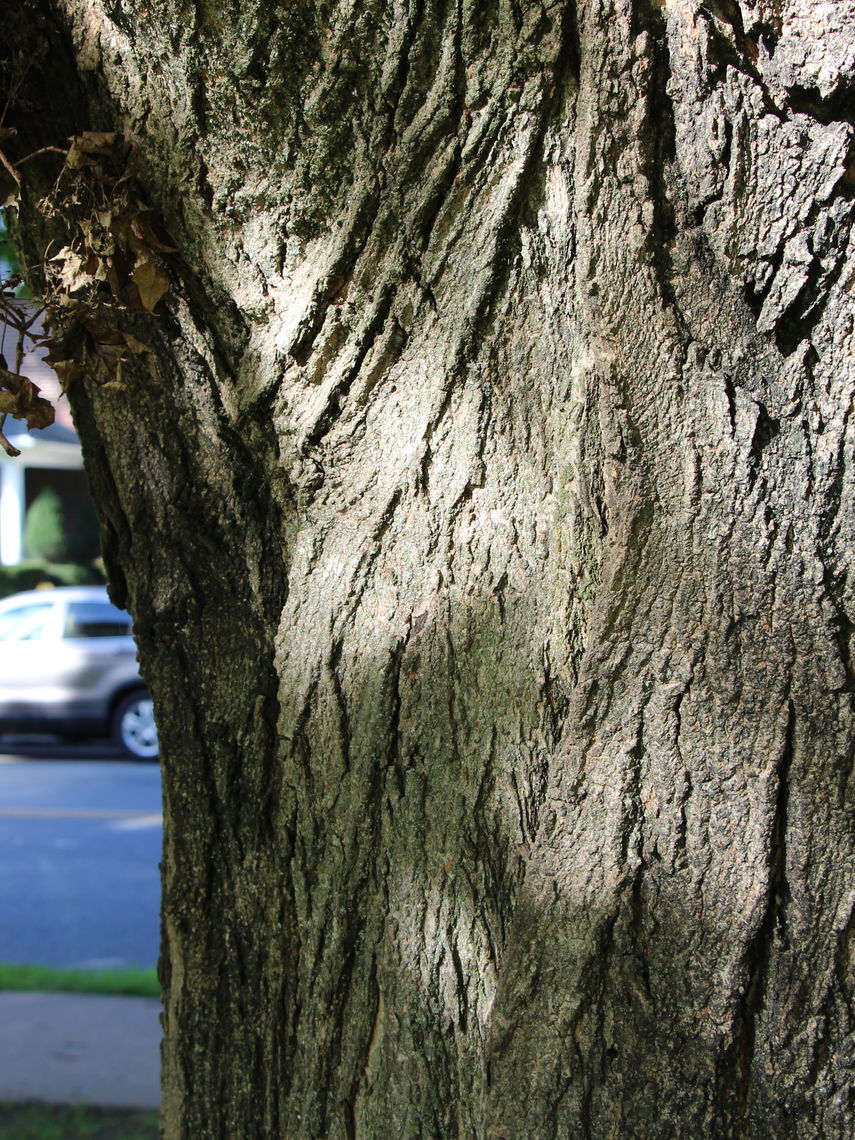Sugar Maple (Acer Saccharum)
The sugar maple is a known for its wide variety of foliage color during the fall season. Leaves can vary from shades of yellow, orange, and red. The tree can be easily spotted in Eastern U.S. forests and is one of the trees most responsible for giving New England its reputation for its beautiful fall season. In the summer, these trees have medium-dark green, 5-lobed leaves. The tree has a distinct oval rounded shape. The sugar maple can be tapped to make maple syrup, a technique taught to early colonists by Native Americans. This tree additionally makes an excellent shade tree and is often used in parks and home landscapes. This tree attracts birds, small mammals, and insect pollinators.
Family: Aceraceae (Maple)
Characteristics: In the spring, green-yellow flowers appear before leaves emerge. The 3-inch to 6-inch-long leaves are medium to dark green and have 5 lobes. In the fall, leaves turn bright yellow, orange, and red. Like all maples, the sugar maple produces samaras (paired winged fruits). Bark is gray-brown and deeply furrowed. This tree has a distinct upright-oval to rounded shape. It grows 60-70 feet high and 40-50 feet wide.
Foliage: Deciduous (leaves lost seasonally)
Geographic Origin: Eastern North America (native)
Cultivation Notes: Requires medium maintenance. Does best in full sun to part shade. Prefers well drained, evenly moist, and acidic soils. This species does not do well in high-stress environments, such as in compacted or poorly drained soils, or around urban pollution. It is also generally intolerant to road salt, so it should generally not be planted as a street tree.
Number on Campus: 40
Sources: Dirr, Morton Arboretum, Missouri Botanical Garden

